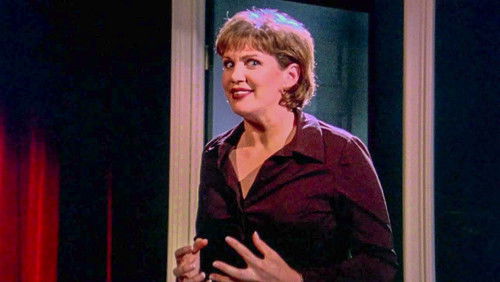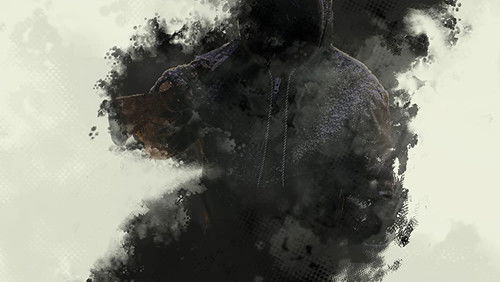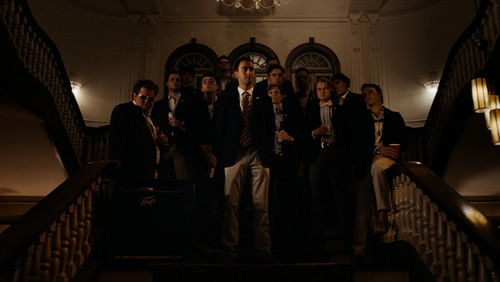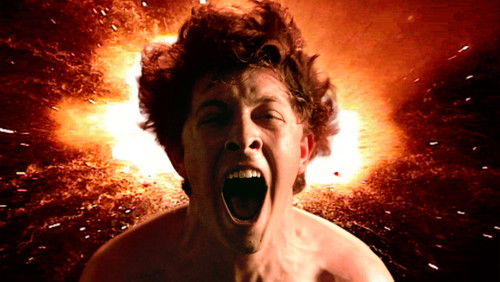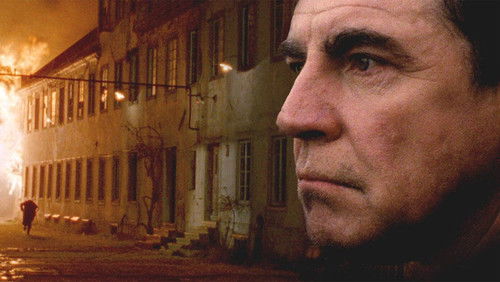Rote Laterne (1991)
49KRote Laterne: Directed by Yimou Zhang. With Gong Li, Saifei He, Jingwu Ma, Cuifen Cao. A young woman becomes the fourth wife of a wealthy lord, and must learn to live with the strict rules and tensions within the household.
“I had a good day, so I selected this film. I have several films that I reserve for good days because I know they will reward. Its a sort of celebration that will send me into rich dreams, annotating my life.u003cbr/u003eu003cbr/u003eThis has two known qualities that you, dear reader, can expect without knowing anything about the film itself.u003cbr/u003eu003cbr/u003eFirst, you will know that this is a woman directed by someone deeply in love with her. This doesnu0026#39;t always produce great films, but when the director is inherently cinematic, it often evokes something deep in the viewer. There is nothing in the world like looking on the face the person you are centered on. A million subtle decisions are made in each scene, summing to an effect that cannot be missed. If this had poor narrative qualities (and some of their films did) it would still have this quality of seeing into a soulmate deeply enough to be able to animate the skin.u003cbr/u003eu003cbr/u003eIts quite interesting when you consider the woman. If you see her outside of film, or in films made by ordinary eyes, she is quite ordinary. She has an atypical Chinese body: busty and widehipped. She is poised but doesnu0026#39;t have the neck or cheekboned face of other Asian women. Only under this manu0026#39;s eye is she a goddess. You can see this in the very first shot.u003cbr/u003eu003cbr/u003eThe second thing you can count on is the architectural anchoring of the thing. This man knows how to use space. He uses it in the cinematic narrative, for example, if you replay the shots where the house of death is shown, and then the last encounter with it… And if you understand why the decisions about handling distance and surfaces were made they way they were, you will have entered a zone where from now on you will not be able to reason without reasoning with place.u003cbr/u003eu003cbr/u003eBut there are other handlings of space: As with some of his other films, the building is a character. Its the noir narrator who sets the rules often arbitrary under which all characters are bound to operate, and which drives the narrative. Its a particularly western notion, this, and has gotten our hero in trouble, even banned. This part is following Welles and Kubrick. u003cbr/u003eu003cbr/u003eBut he goes further than either of them with this notion that the light both has agency of its own (it selects which of the four wives gets a foot massage and sex) and is a part of the fabric of the buildings. The redness changes the spaces it occupies, bringing intrigue with the sex, desire for several things. Its quite layered, what is going on. These lanterns are the real master; in fact the person who inhabits the masteru0026#39;s body is hardly even there. We never see his face.u003cbr/u003eu003cbr/u003eBecause of the extensive use of hard planes and selfish light, there arenu0026#39;t many fabric effects here, as weu0026#39;ll see elsewhere.u003cbr/u003eu003cbr/u003eI am tempted to designate this as one of my two allowed u0026quot;must see before you dieu0026quot; films of 1991. But Iu0026#39;m in too good a mood to make such a serious decision.u003cbr/u003eu003cbr/u003eTedu0026#39;s Evaluation — 3 of 3: Worth watching.”



